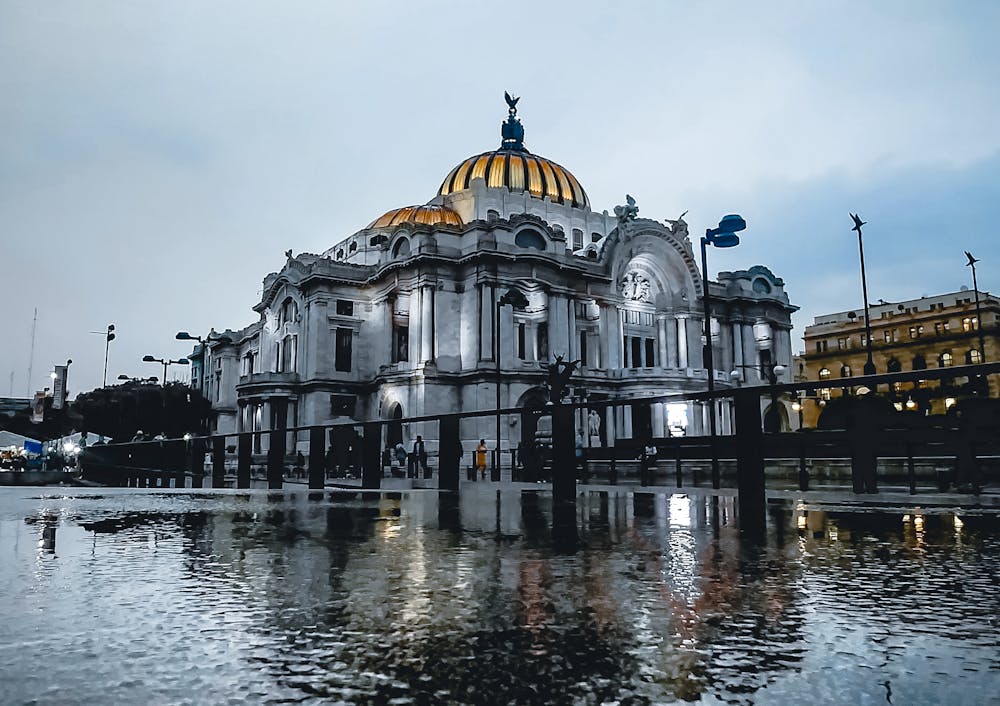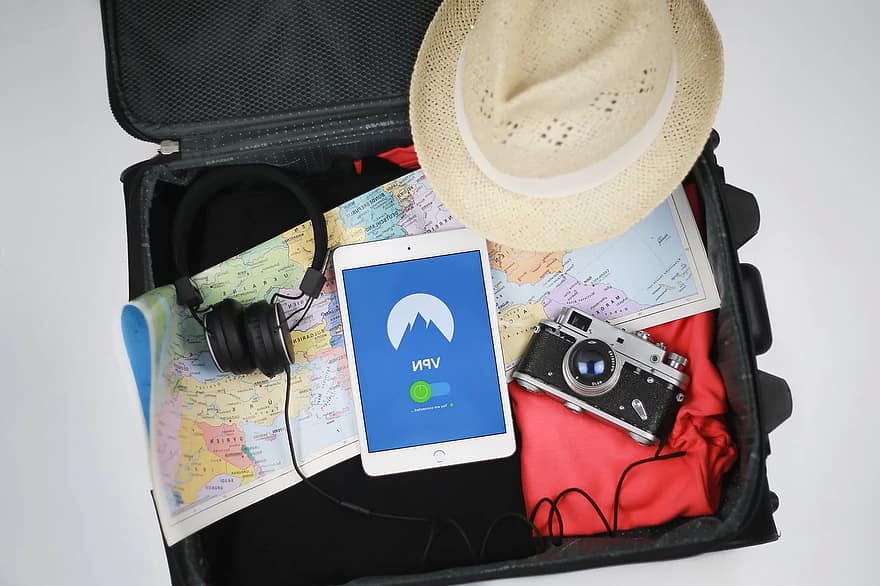Travel in Mexico is an experience that holds out the promise of rich culture, breathtaking landscapes, and warm hospitality from the locals. Whether it is the ancient ruins of Chichén Itzá, Cancún’s white sandy beaches, or the hectic streets of Mexico City, planning ahead will ensure you get the best out of the experience. From details on visa requirements to coping with time zones and PowerPoint presentations, this insider’s guide will provide a lowdown menu to ensure your experience is smooth and hassle-free. With the spirit of adventure this article cuts through the travelling experience while urging you to take the experience in your stride with confidence and curiosity.
Mexico Visa Types and Requirements
One of the first things you do when making travel plans is determine if you require a visa. For the majority of tourists, including all travellers from the United States, Canada, the European Union, and the majority of other nations, a Tourist Card Mexico (officially the FMM or Forma Migratoria Múltiple) will be all that you require for a brief visit. The card is typically provided on arrival at major airports or border entry points. It allows for stays up to 180 days for visits of a tourist or business nature, provided that the visit is not longer than this. It is, nonetheless, a good idea to consult the latest entry requirements since these fluctuate. For instance, as of 2024, certain countries will come under new restrictions, so it is always best to consult the Mexican Embassy or Consulate beforehand.
The procedure is easy: fill out the FMM form (online or on the flight), present it with your passport, and pay a fee if required (normally included in your airline ticket). It’s only a few minutes at the border, but it never hurts to have a hard copy. If you are from a nation not included on the tourist card (for example, India, China, or Russia), you’ll need to apply for a visitor visa in advance, which takes 1-2 months, based on where you travel. Verify your qualification to enter Mexico, to avoid last-minute frustration.
When and Where to Go in Mexico
Mexico’s diverse climate is perfect for a visit any time of the year, but the best time to go is based on your schedule. December to April is the high season, with pleasant weather—perfect for a visit to beach destinations such as Tulum or Puerto Vallarta. But this is also the time when there are crowds and prices. May to October is the rainy season, ideal for budget travellers with lots of greenery and fewer crowds, although you will have to put up with rains in the afternoons, especially in the south.
Time zones need to be factored in. Mexico spans four time zones: Zona Sureste (UTC-5), Central (UTC-6), Mountain (UTC-7), and Pacific (UTC-8). Most large tourist destinations, like Cancún and Mexico City, are on Central Time, a one-to-three-hour lag behind the U.S. East Coast. Always adjust your watch and schedule for this, especially if you plan at home or have virtual meetings.
Power Sockets and Electric Problems
Don’t forget Mexico’s electrical infrastructure when you’re packing. Mexico uses Type A and Type B plugs, as does the US and Canada, with standard 127V and 60Hz frequency. If you’re coming from Europe or Asia, where voltages range from 220-240V, pack an adapter and, if necessary, a voltage converter to protect yourself. Some hotel rooms in the tourist zones will have universal plugs, but you should pack a portable charger—seeing the sights all day zaps your phone’s battery too fast!
How to Enjoy Your Mexico Vacation
Mexico is a sensory overload, but as with any vibrant place, it has flaws. This is the best way to get the most out of it and stay safe and respectful:
- Immerse yourself in the Culture: Mexicans are proud of their heritage, from mariachi music to intricately made handicrafts. Engage with the locals, try traditional food like tacos al pastor or mole, and learn some basic Spanish (“gracias” and “por favour” go a long way!). Respect holy sites, like the pyramids, by following posted signs.
- Be Safe and Vigilant: Mexico overall is welcoming, but petty crime exists in public areas like markets or bus stations. Keep things secure, don’t show off expensive items, and stay on well-lit streets at night. Know your destination—like Playa del Carmen, which welcomes tourists, but some border regions might require special caution.
- Stay Healthy and Hydrated: The sun is strong, particularly close to the coast. Drink bottled water to avoid tap water problems, and bring sunscreen and a hat along. Street food is inevitable, but go with vendors with a high turnover level to avoid foodborne problems. Bring snacks and check weather forecasts regularly if you are hiking or going to remote areas.
Critical Travel Information
Transport within Mexico is regional. The metro (e.g., Mexico City’s) is cheap and effective, and colectivos (shared vans) are excellent for short distances. Take ADO buses, comfortable and dependable, or domestic flights with carriers such as Aeroméxico for longer distances. A car hire is possible for motoring holidays, but toll roads and variable driving conditions are the norm. Accommodation ranges from affordable hostels ($10-20/night) to high-end resorts ($150+). Reserve ahead of time in the high season. For the real off-the-beaten-path experience, try to sleep in a cabin with a cenote view in Yucatán or a colonial hotel in Oaxaca. Money is also handy. The Mexican Peso (MXN) is the local currency, and while credit cards do work in tourist regions, cash reigns supreme for small purchases. ATMs are also readily available, though be mindful of fees—let your bank know of your planned travel to prevent card issues.
Conclusion
Travelling to Mexico is an opportunity to visit a country rich in history, delicious cuisine, and beautiful scenery. A bit of preparation—obtaining your Tourist Card Mexico, understanding time zones, packing the right adapters, and taking safety precautions—is all you need to be prepared for an experience you’ll never forget. Dancing at a party, snorkelling in Cozumel, or seeing the works of Frida Kahlo, Mexico offers something for every interest. Following fearless attitude, step out of your comfort zone, research, and let Mexico’s magic happen. Read Lonely Planet Mexico or our internal guide to Packing Tips for Adventure Travel for more travel advice.

